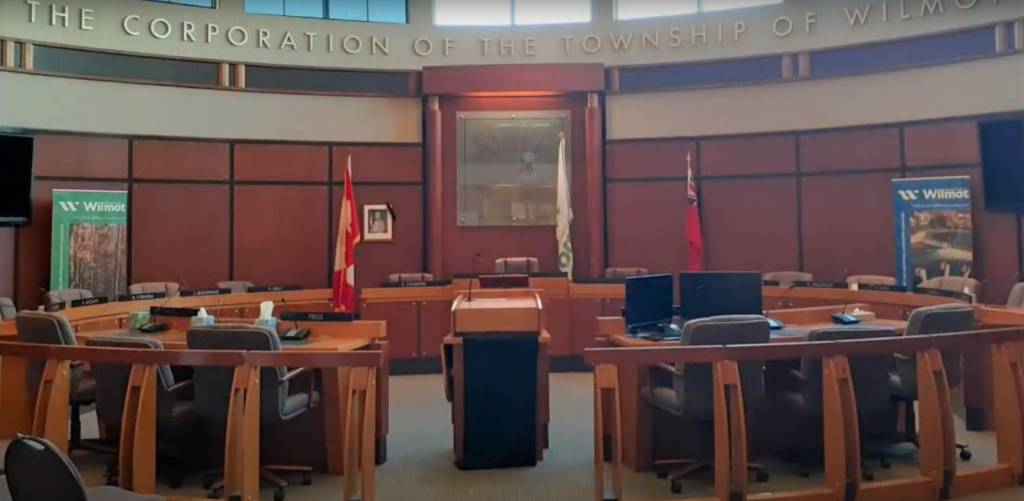THEMUSEUM experiencing largest cut to their funding from the region

Posted Dec 20, 2023 05:22:47 AM.
Last Updated Dec 20, 2023 07:38:51 AM.
During a budget meeting for 2024 last week, regional councillors voted in favor to cut discretionary spending by 10 per cent. This meant a large decrease in funding for arts and cultural organizations like THEMUSEUM in downtown Kitchener.
THEMUSEUM normally receives about $385,000 from the region, alongside the K-W Symphony. After the K-W Symphony declared bankruptcy in September and had to shut down, regional councillors took that funding out of the account. Then, they added three other arts organizations to it such as the Canadian Clay and Glass Gallery, Drayton Entertainment and the Kitchener-Waterloo Art Gallery. Now all four will split what normally would have gone to just THEMUSEUM.
“If it’s shared equally, we will be reduced by about $300,000 or about 12 per cent of our operating budget, which is devastating,” said THEMUSEUM’s CEO David Marskell.
Waterloo Mayor Dorothy McCabe was one of the councillors who voted against the cut to discretionary spending last week. She said the funding decrease will cause more harm to the arts community then the amount of savings will have an impact.
“All of a sudden there’s been a huge gap that’s been created and for us to continue, we are looking at some areas of how do we cut back,” said Marskell. “Do we cut back hours? Do we cut back days? Do we not bring in world class exhibitions and just bring in things that smaller cities would get.”
“We are known for world class exhibitions like Warhol and recently the Rolling Stones. The signal from the region is they want us to cut back and not be awesome,” added Marskell.
The board for THEMUSEUM is now deliberating on what needs to happen next so THEMUSEUM can continue operating.
Marskell said the amount that will be cut to their funding from the region is still unclear.
“The good news is they’re giving three new organizations money. I’m not sure of the criteria that they would cut us by $300,000 and support three other groups by $85,000 or $100,000 each. I don’t know if it’s by attendance or performance or what the criteria is when they make decisions on how to fund organizations.”
Marksell added that instead of cutting funding for arts and cultural organizations, the region could adapt to a shared model of resources for the organizations.
“That’s what great cities do, they don’t view arts as discretionary funding and that’s how it was viewed unfortunately,” said Marskell.
“It can and should be a catalyst for a much more important conversation for our community. The arts are chronically underfunded and have been for a very long time.”








